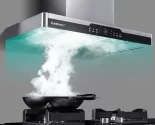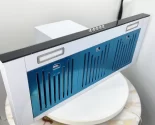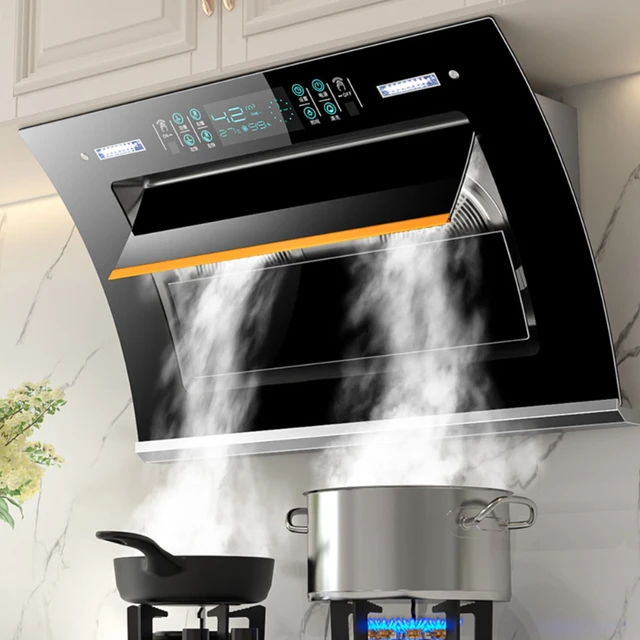
Can you install range hood without cabinet?
Introduction
Range hoods are essential appliances in kitchens, as they help extract smoke, grease, and odors, ensuring a clean and odor-free cooking environment. While most range hoods are installed beneath a kitchen cabinet, there are situations where homeowners may not have or desire a cabinet above their cooking area. In this guide, we will explore the considerations and options for installing a range hood without a cabinet, providing insights into alternative installation methods and important factors to consider for a successful and functional setup.
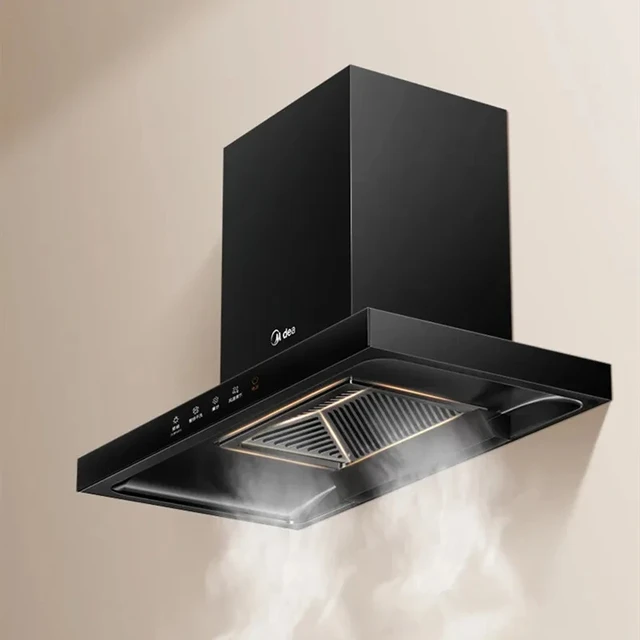
Can you install range hood without cabinet?
Wall-Mounted Range Hoods
1.1. Wall-Mounted Range Hood Benefits
Wall-mounted range hoods are an excellent option when there is no cabinet above the cooking area. These hoods are designed to be mounted directly on the wall, typically above the stovetop. Depending on the model, they can effectively capture and filter smoke, odors, and grease, providing adequate ventilation without the need for a cabinet structure.
1.2. Proper Height and Placement
When installing a wall-mounted range hood without a cabinet, it is important to consider the height and placement. The hood should be positioned at a suitable height above the cooking surface to maximize its effectiveness. Following the manufacturer’s guidelines and local building codes regarding clearance requirements ensures safe and optimum performance.
1.3. Ductwork Installation
Wall-mounted range hoods require proper ductwork installation to vent the air outside the home. This involves running ducts through the wall or ceiling to the exterior of the building. Ensuring the ductwork is properly sized and sealed is crucial to maintain efficient airflow and prevent any potential issues, such as backdraft or insufficient ventilation.
Island Range Hoods
2.1. Island Range Hood Benefits
For kitchens with stovetops located on an island or peninsula, an island range hood is a suitable alternative when there is no cabinet structure above. Island range hoods are designed to be suspended from the ceiling, directly above the cooking surface. They provide effective ventilation and create a visually appealing focal point in the kitchen.
2.2. Structural Considerations
Installing an island range hood requires careful consideration of the kitchen’s structural elements. The ceiling should be able to support the weight of the hood, and there should be proper access to power and ventilation connections. Consulting with a professional to assess the structural integrity and feasibility of the installation is crucial for a safe and secure setup.
2.3. Ductwork and Venting
Similar to wall-mounted range hoods, island range hoods require proper ductwork and venting to remove airborne pollutants. Ducts can be routed through the ceiling or an adjacent wall to exhaust the air outside the home. Adhering to local building codes and ensuring suitable duct sizing and sealing promotes efficient airflow and prevents any potential issues or complications.
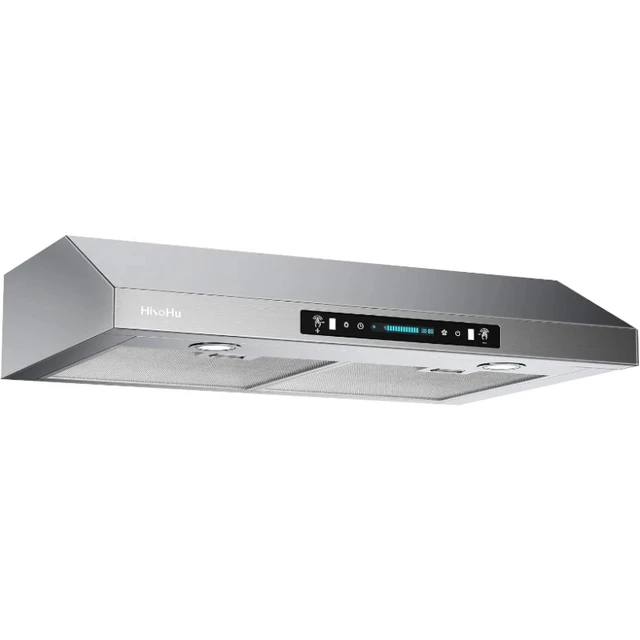
Under-Cabinet Range Hood Alternatives
3.1. Ductless Range Hoods
Ductless range hoods, also known as recirculating range hoods, provide an alternative for kitchens without cabinet structures. Instead of venting the air outside, these hoods use filters to trap smoke, odors, and grease before recirculating the purified air back into the kitchen. Ductless range hoods are typically installed on the wall, beneath a cabinet or directly on the wall.
3.2. Careful Filter Maintenance
To maintain the effectiveness of ductless range hoods, regular filter maintenance is crucial. Filters should be cleaned or replaced according to the manufacturer’s instructions to ensure optimal performance. Homeowners should also consider the ongoing cost and availability of replacement filters when choosing a ductless range hood as an alternative to the traditional cabinet-mounted setup.
Hiring a Professional Installer
4.1. Expertise and Experience
Installing a range hood without a cabinet requires expertise and experience, especially when it comes to electrical connections, ductwork, and ventilation. Hiring a professional installer or contractor who specializes in range hood installations is advisable.
4.2. Building Codes and Regulations
When installing a range hood without a cabinet, it is important to comply with local building codes and regulations. Professionals who specialize in range hood installations are familiar with these requirements and can ensure that the installation meets all necessary guidelines. This helps avoid potential safety hazards, penalties, or issues during home inspections.
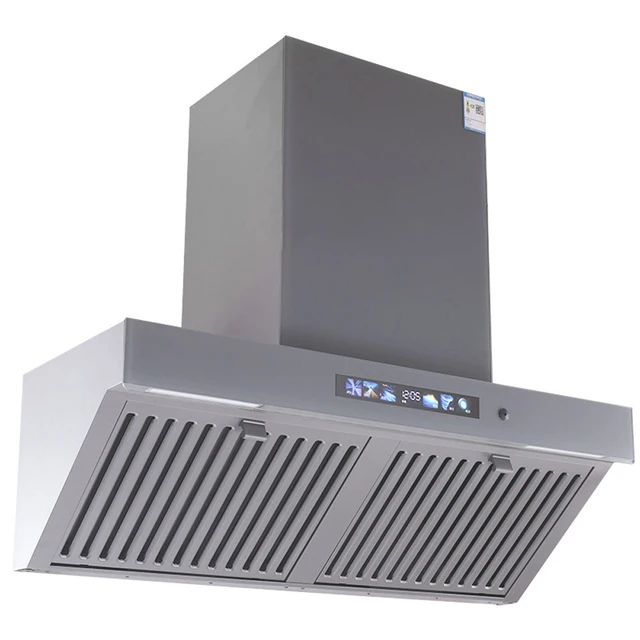
Considerations for Existing Kitchen Layouts
5.1. Retrofitting Options
For kitchens that do not have a cabinet structure above the cooking area, retrofitted solutions may be available. These options may involve modifying an existing wall or ceiling space to accommodate a range hood, ductwork, and electrical connections. Consulting with a professional installer or kitchen designer can help explore these retrofitting options and determine the most suitable approach for your kitchen layout.
5.2. Kitchen Remodeling Opportunities
Installing a range hood without a cabinet presents an opportunity for kitchen remodeling or redesign projects. Without the limitations of a cabinet structure, homeowners have the flexibility to explore various range hood styles and installation options that can enhance the overall aesthetics and functionality of the kitchen.
Aesthetics and Design Considerations
6.1. Range Hood Styles
When installing a range hood without a cabinet, homeowners have the opportunity to choose from a wide range of styles and designs that suit their personal preferences and overall kitchen aesthetics.
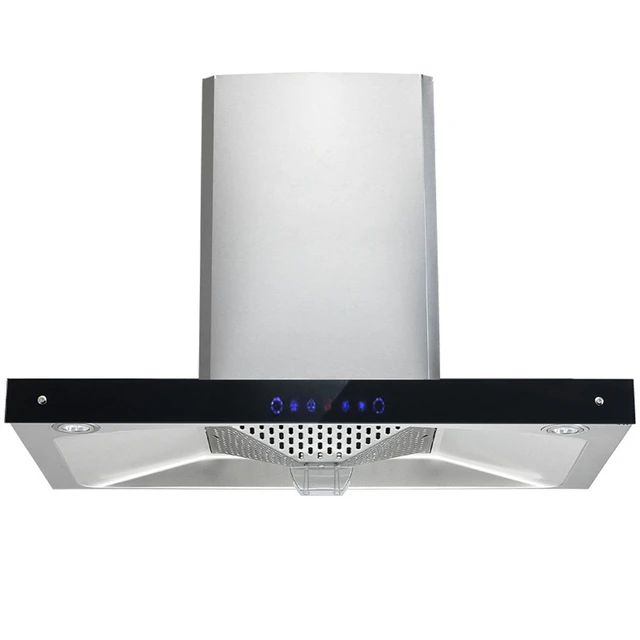
6.2. Custom-built Surrounds
In the absence of a cabinet, homeowners may opt for custom-built surrounds to create a seamless integration between the range hood and the kitchen design. Professional installers or kitchen designers can provide guidance on creating custom-built surrounds that complement the overall design theme and aesthetics.
Maintenance and Cleaning
7.1. Accessible Cleaning Areas
Installing a range hood without a cabinet can make certain areas of the hood more accessible for cleaning and maintenance. Without a cabinet obstructing the view or access to various components, homeowners can easily reach and clean filters, grease traps, and other parts of the range hood. This accessibility allows for more efficient and thorough maintenance, ensuring that the range hood performs optimally.
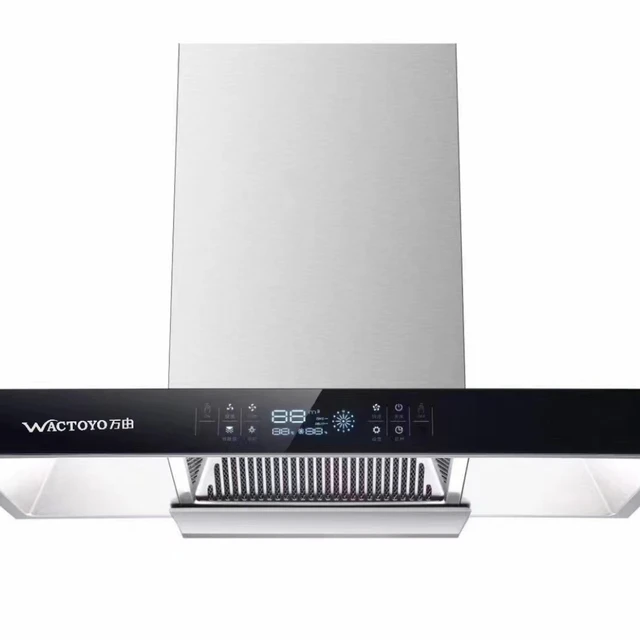
Conclusion
Installing a range hood without a cabinet structure requires careful consideration of alternative installation methods and options. Wall-mounted range hoods, island range hoods, and ductless range hoods offer viable alternatives that can effectively remove smoke, odors, and grease from the kitchen. Considering the specific layout and needs of your kitchen, consulting with professionals, and exploring suitable options will lead to a successful installation that enhances the functionality and visual appeal of your kitchen.





